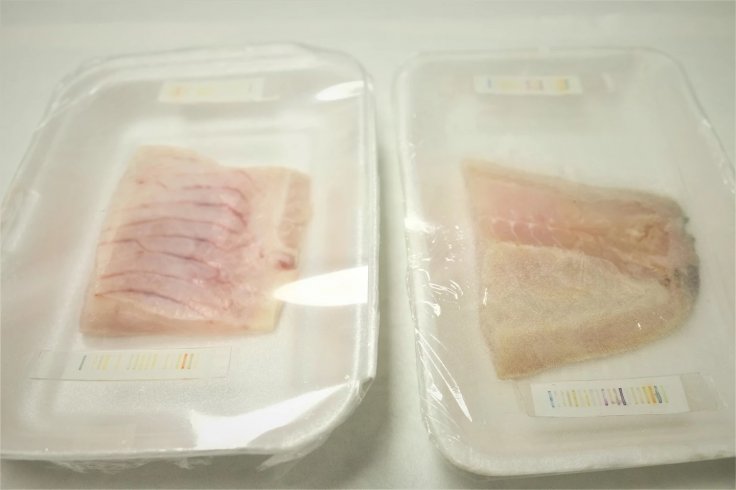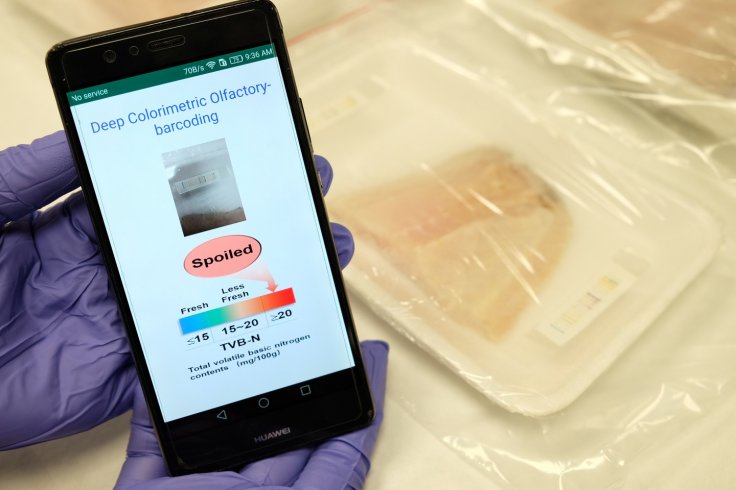Our human nose cannot always detect the freshness of meat stored in the refrigerator. As a result, meat, when it starts spoiling, can be hard to spot, leading to wastage or food poisoning. But scientists from Singapore have a solution. They have developed an electronic nose to detect the freshness of meat so that you don't have to throw away a giant portion of it.
The e-nose is a string of discreet sensors that can detect gases that are produced when meat slowly decays. Scientists from Singapore's Nanyang Technological University (NTU) developed the solution that was modeled after mammalian noses. In this, the gasses bind to receptors that signal the brain and determine if the meat is rotten. As for the e-nose, it can similarly detect the gases produced by decaying meat.
How Does It Work?
Unlike our human receptors, the e-nose has 20 bars. Each dye contains a cellulose derivative and chitosan, a natural sugar. The dyes react to the gases by changing color and produce a unique pattern to suggest different states of the meat.

The first bar with a yellow dye can detect weakly acidic compounds such as the gas produced by rotting meat, called bio-amines. The yellow dye turns blue it is exposed to the gas. With increasing concentration of the gasses, the intensity of the color changes, indicating that the meat has further decayed. The study was published in the Advanced Material journal.
Professor Chen Xiaodong, the Director of Innovative Centre for Flexible Devices at NTU and the Co-lead author of the study, said the e-nose can be easily integrated into the packaging and can help consumers save money. "Our proof-of-concept artificial olfactory system, which we tested in real-life scenarios, can be easily integrated into packaging materials and yields results in a short time without the bulky wiring used for electrical signal collection in some e-noses that were developed recently," he said.
AI-Algorithm
Apart from the e-nose, the scientists have also developed an artificial intelligence (AI) algorithm that will help read the color-changing dyes on a smartphone. The AI model was trained with more than 4,000 images from the dyes and their color patterns from six meat packages taken at different time intervals over 48 hours. The meat packages were stored at 25° Celsius (77° Fahrenheit). That way, the algorithm could interpret different levels of freshness of the meat, producing the result in just 30 seconds on the app.

The group of scientists put their e-nose to test on commercially packaged chicken, fish and beef meat samples. The result was astonishing. The neural network AI algorithm that powers the e-nose could detect the freshness of meat with 98.5 percent accuracy and 100 percent accurate in identifying rotten meat. In contrast, a traditional algorithm that measures sensor response had only 61.7 percent accuracy.
"These barcodes help consumers to save money by ensuring that they do not discard products that are still fit for consumption, which also helps the environment. The biodegradable and non-toxic nature of the barcodes also means they could be safely applied in all parts of the food supply chain to ensure food freshness," Professor Chen said.
However, the concept of using e-noses is not new and has been extensively researched. But the integration of sensors and an AI model that can correctly to identify the odor. The NTU's e-nose offers both. Its robust data analysis method helps to correctly identify the odor (gasses) detected by the sensors.









